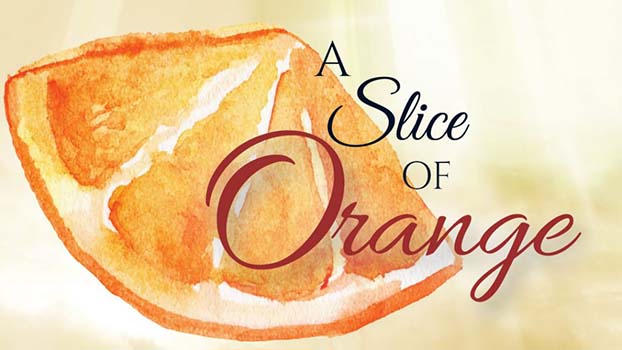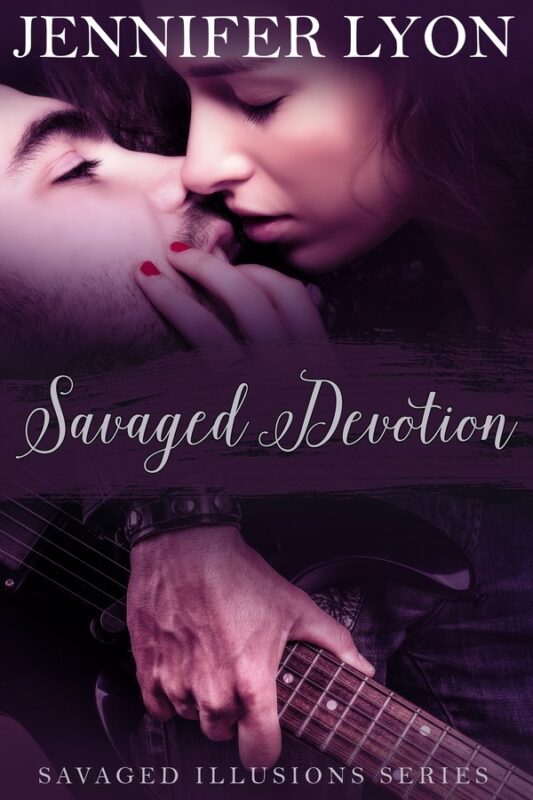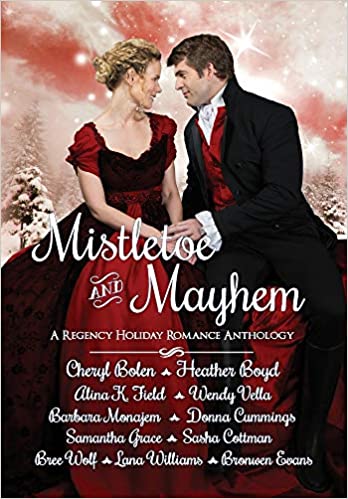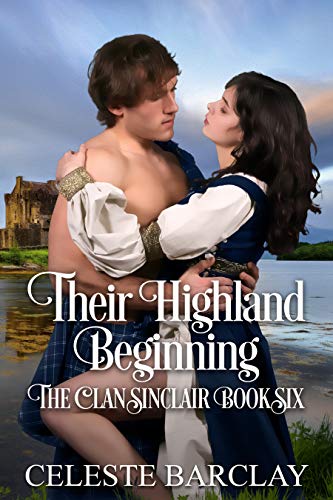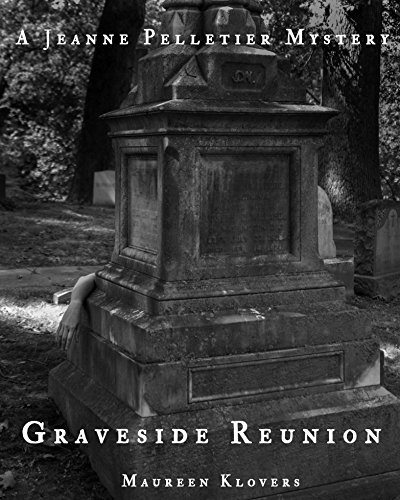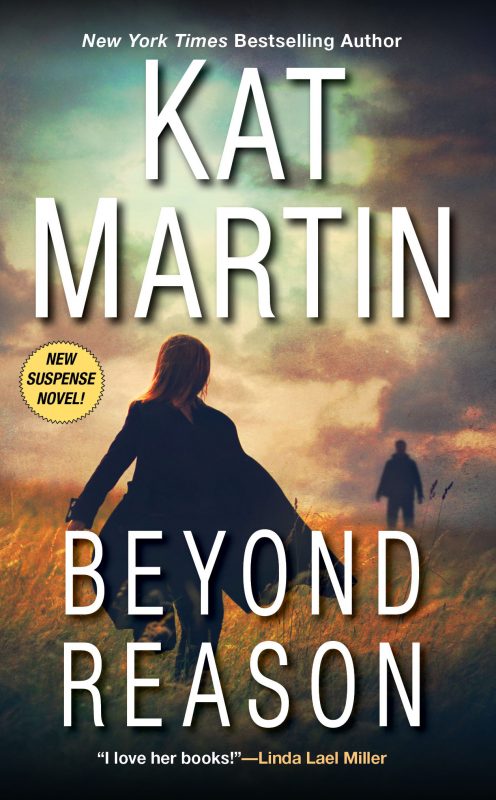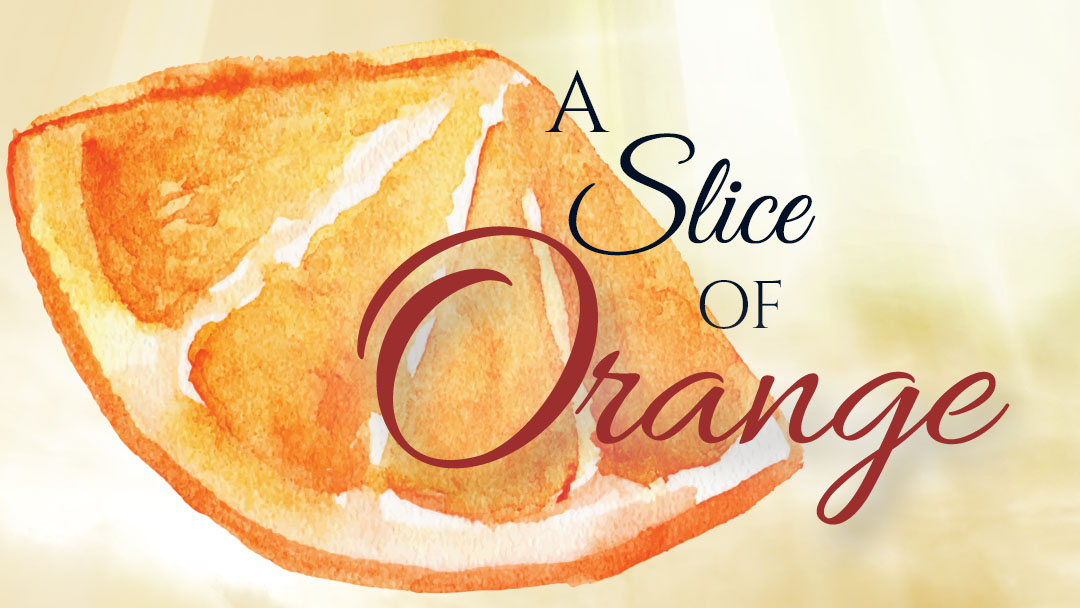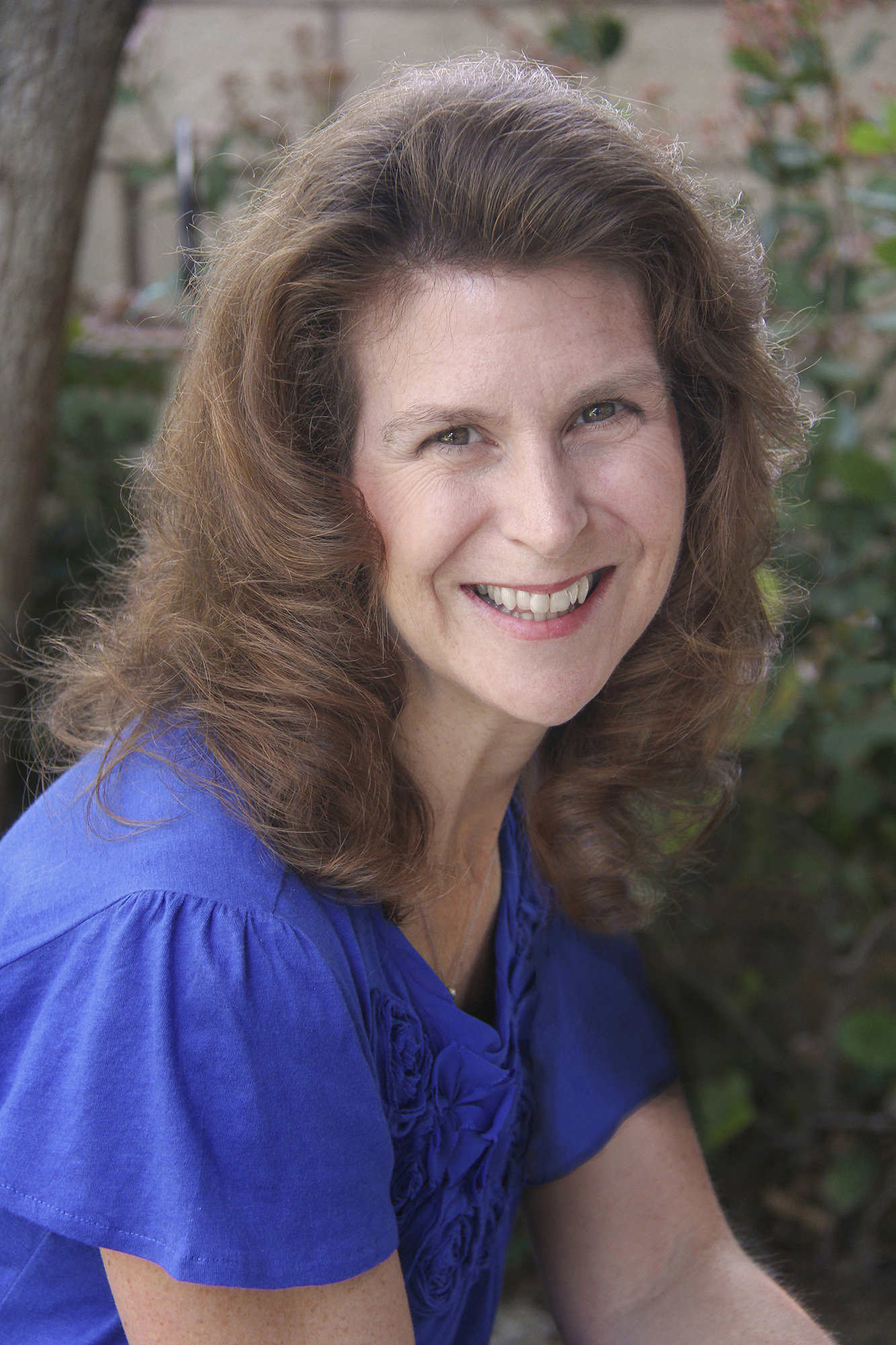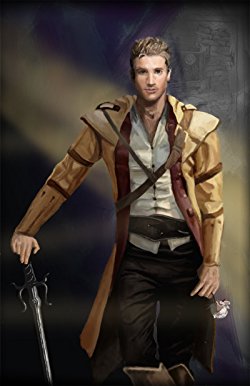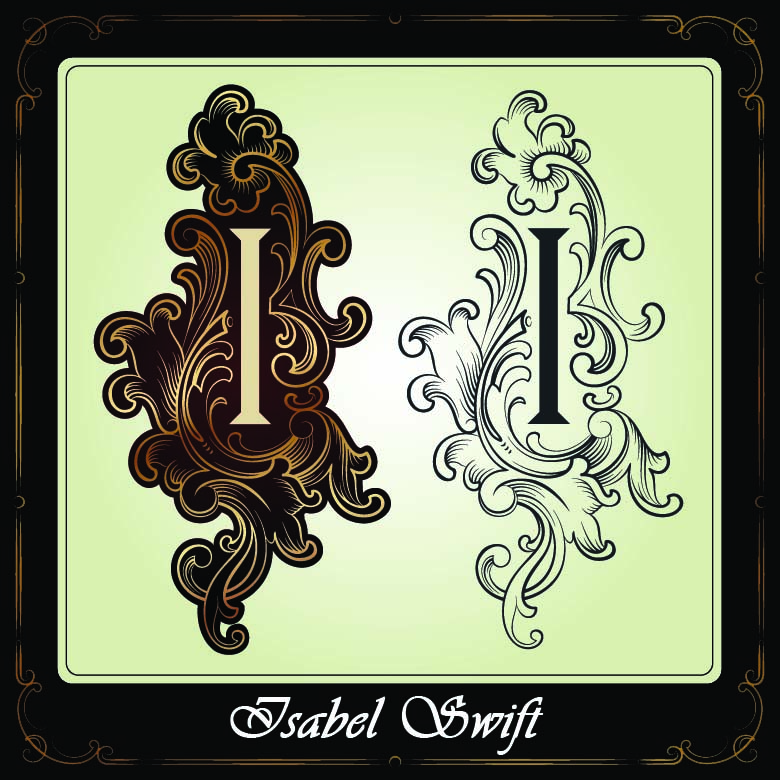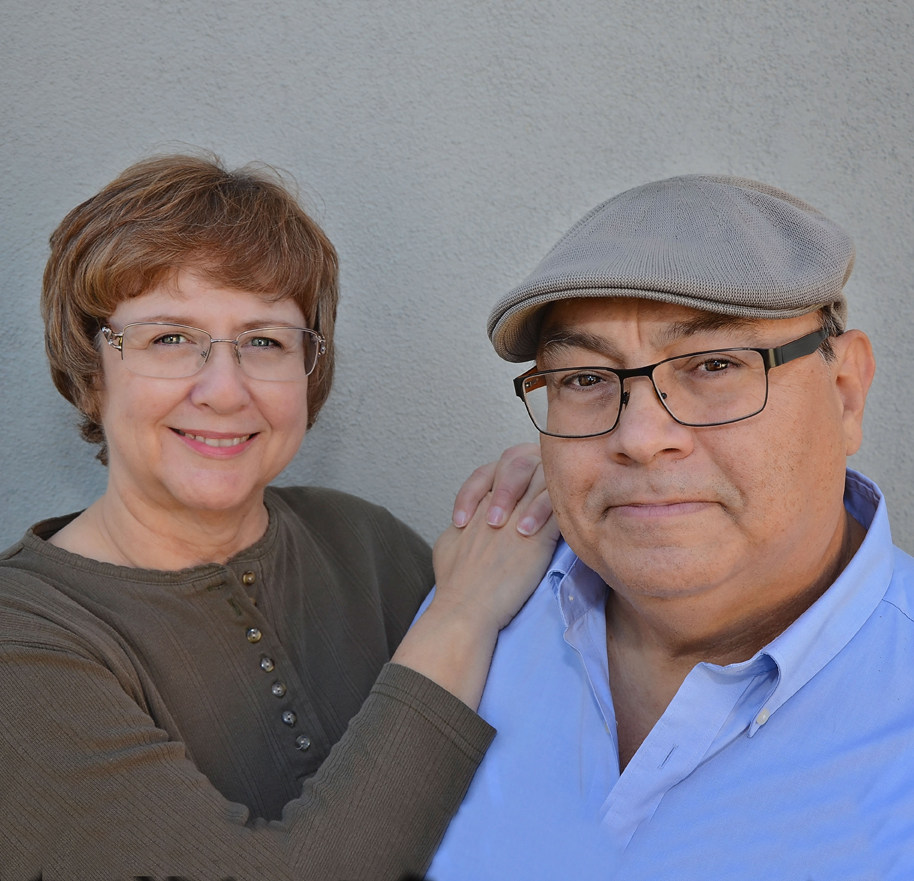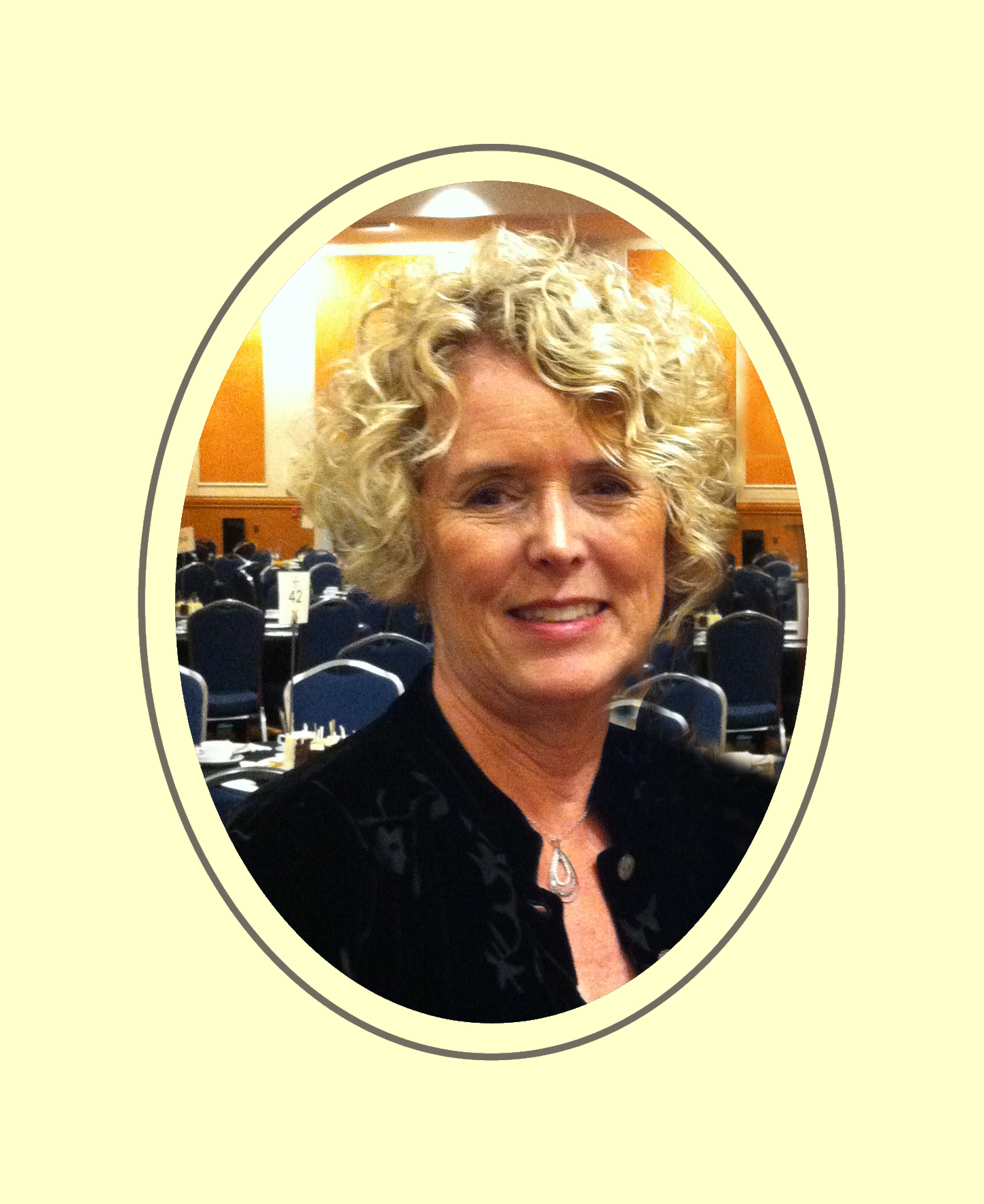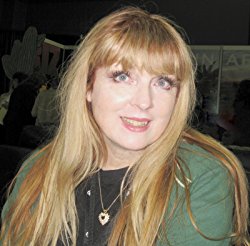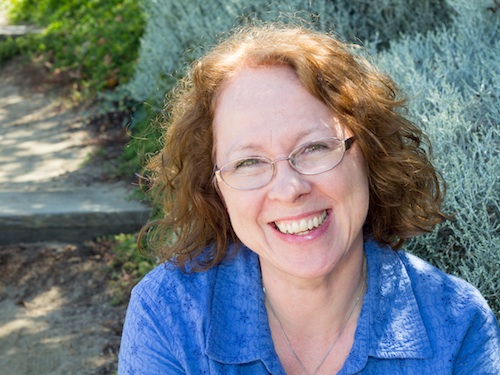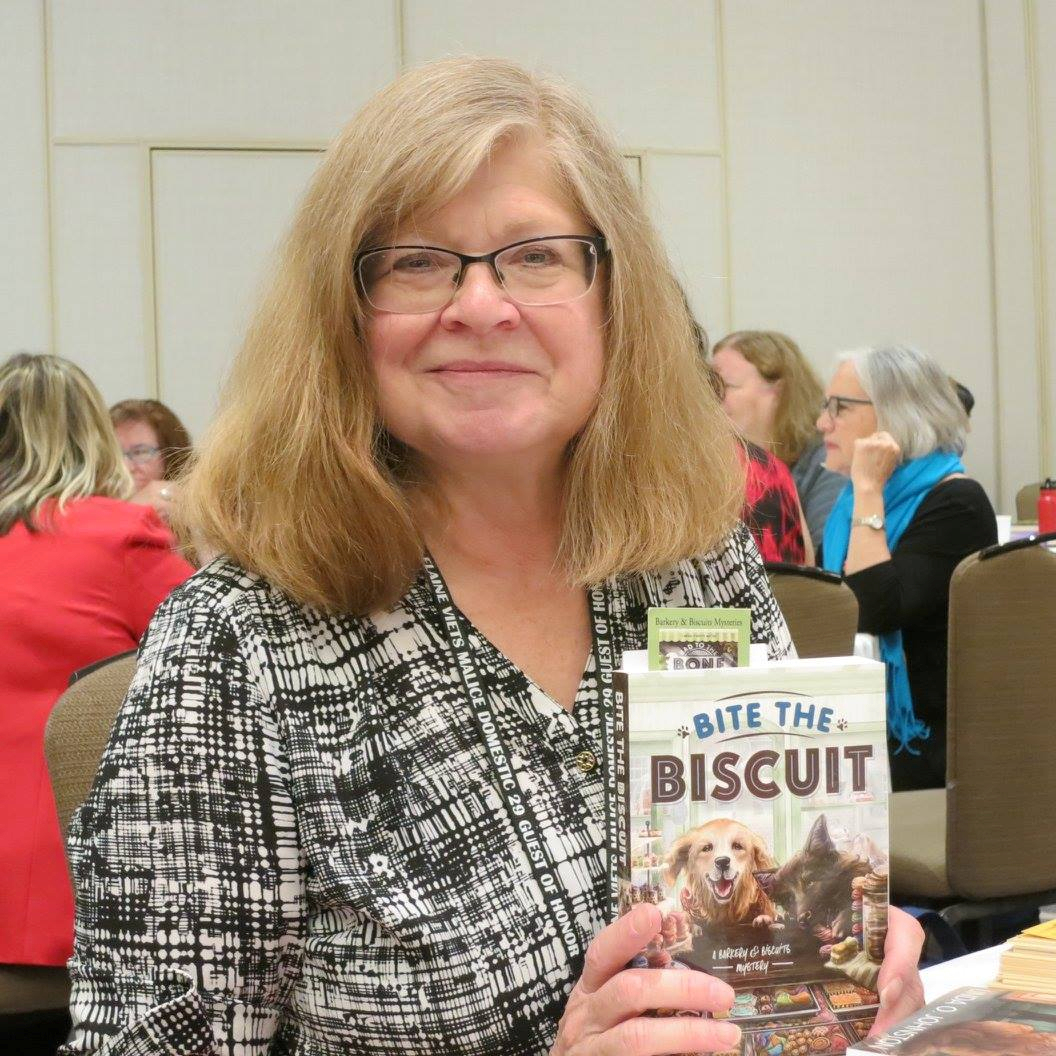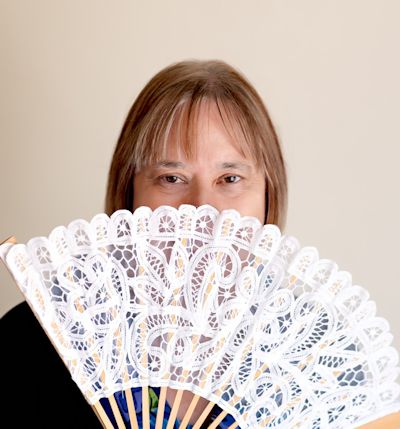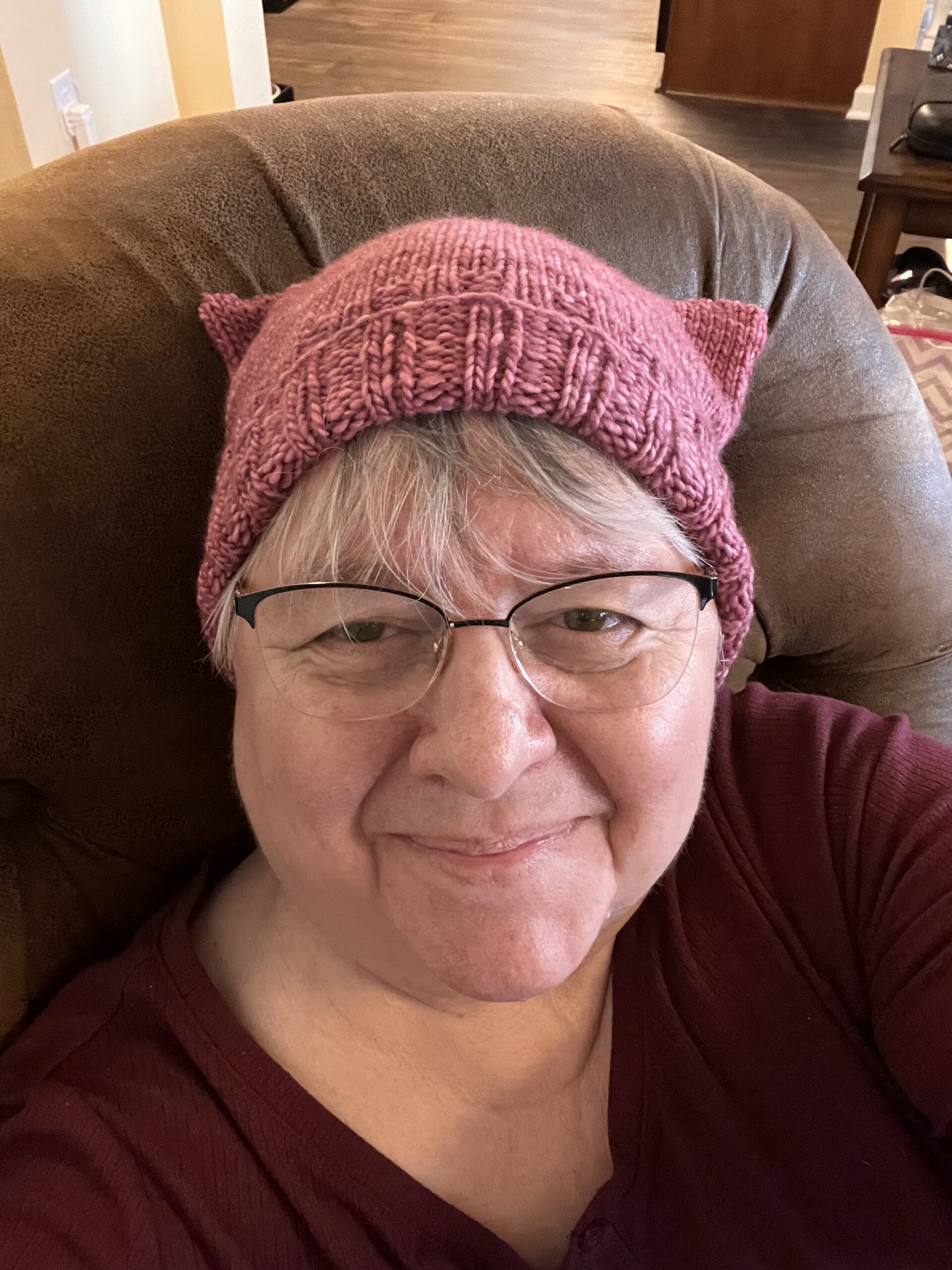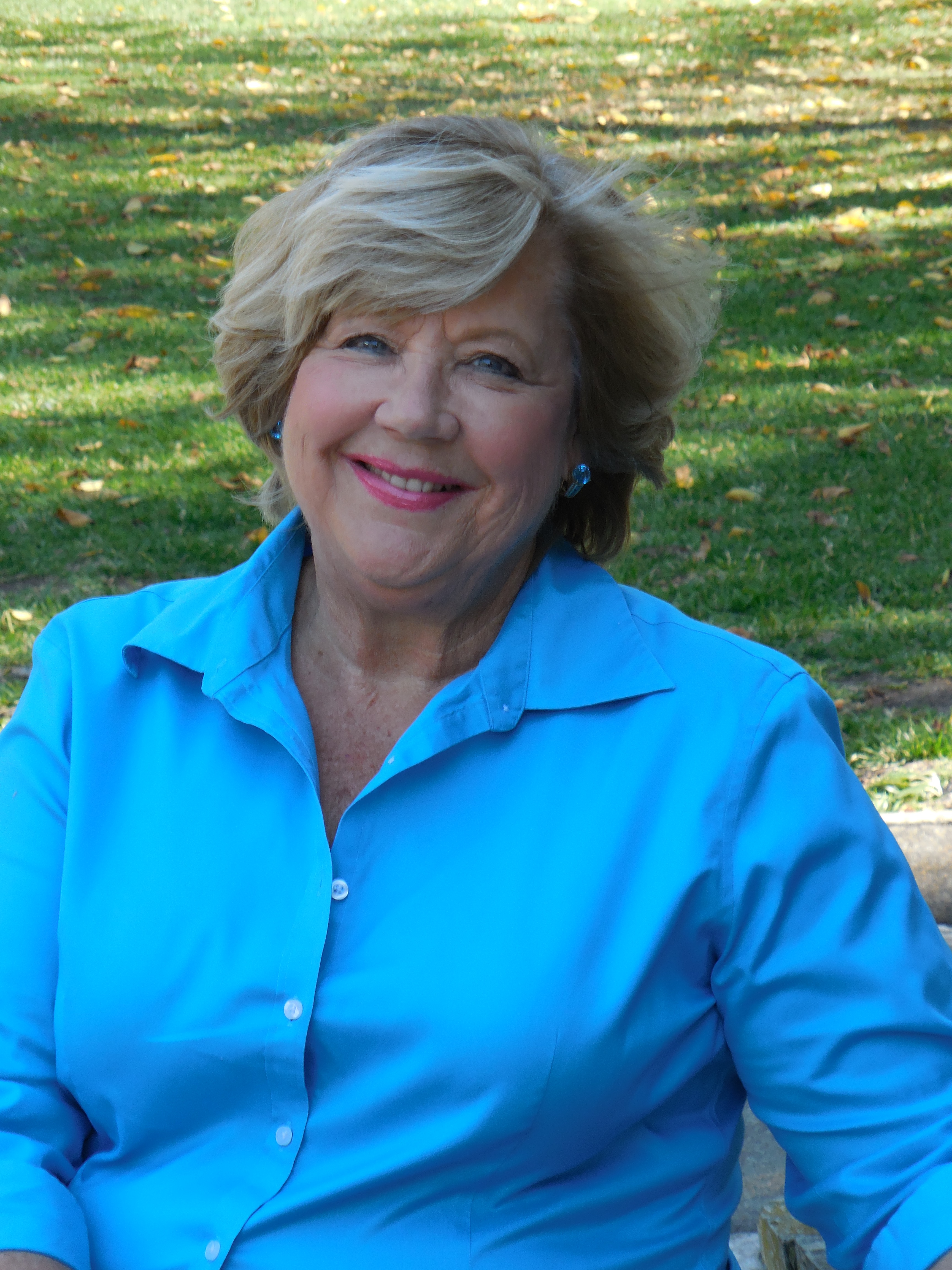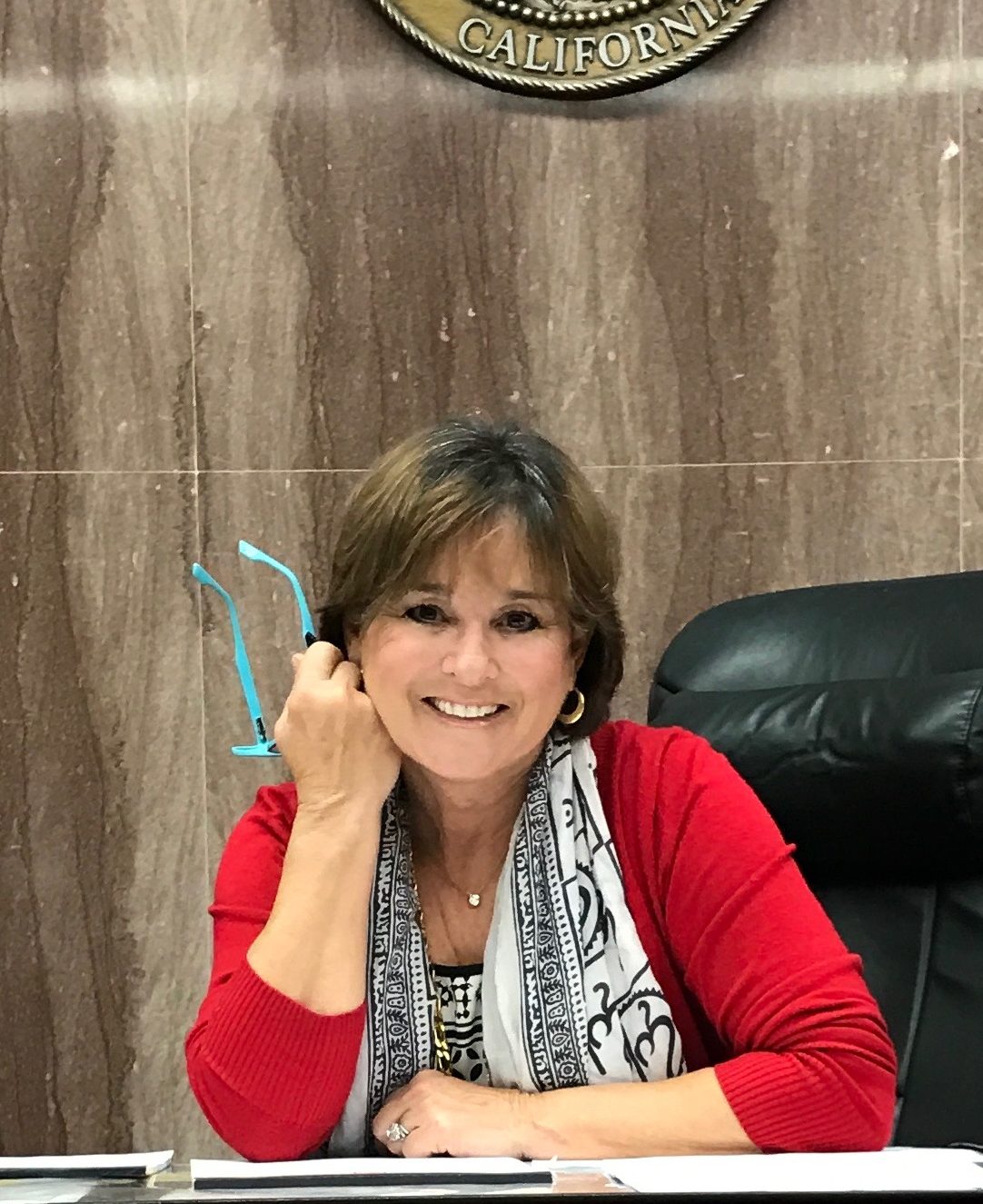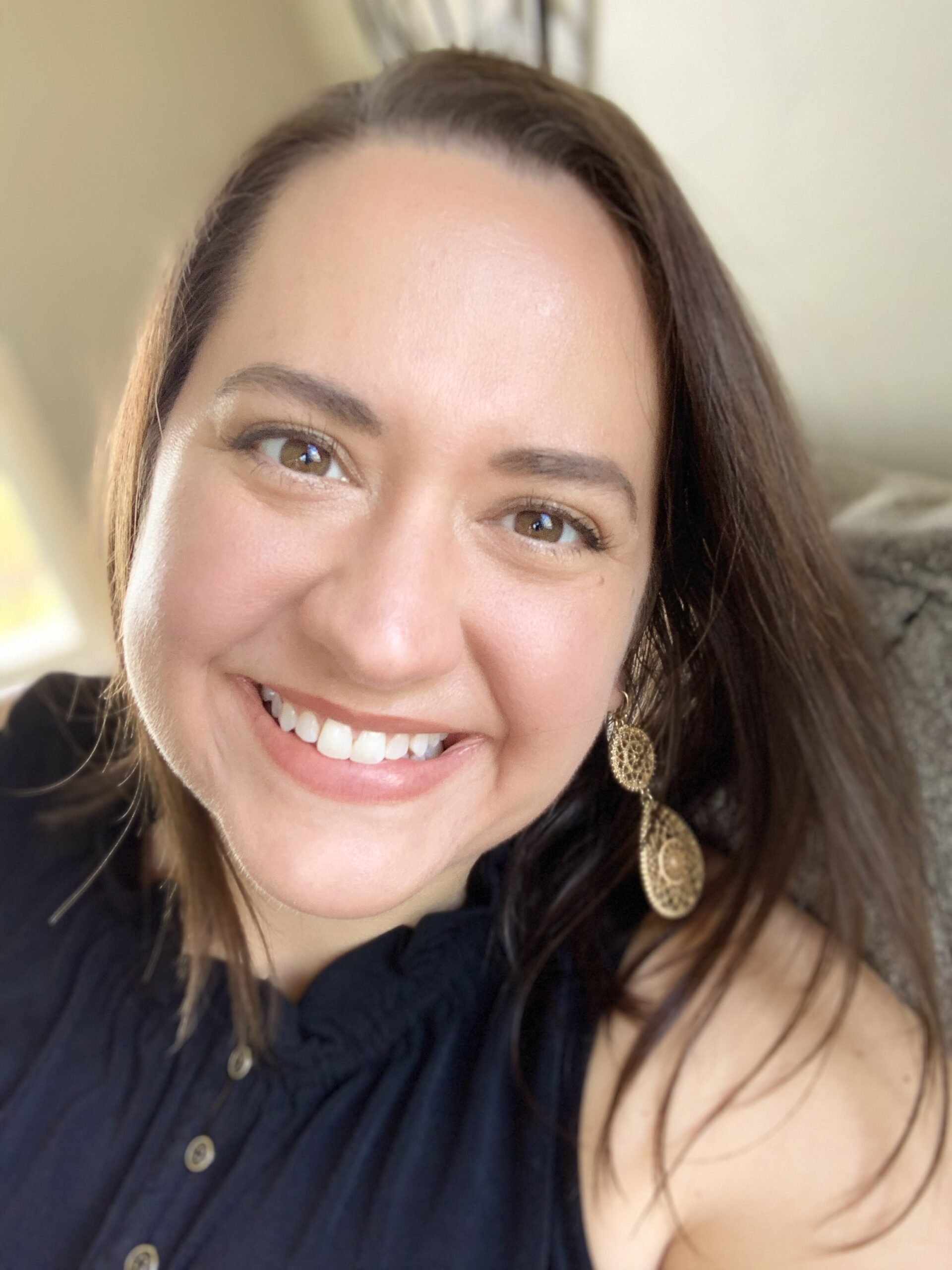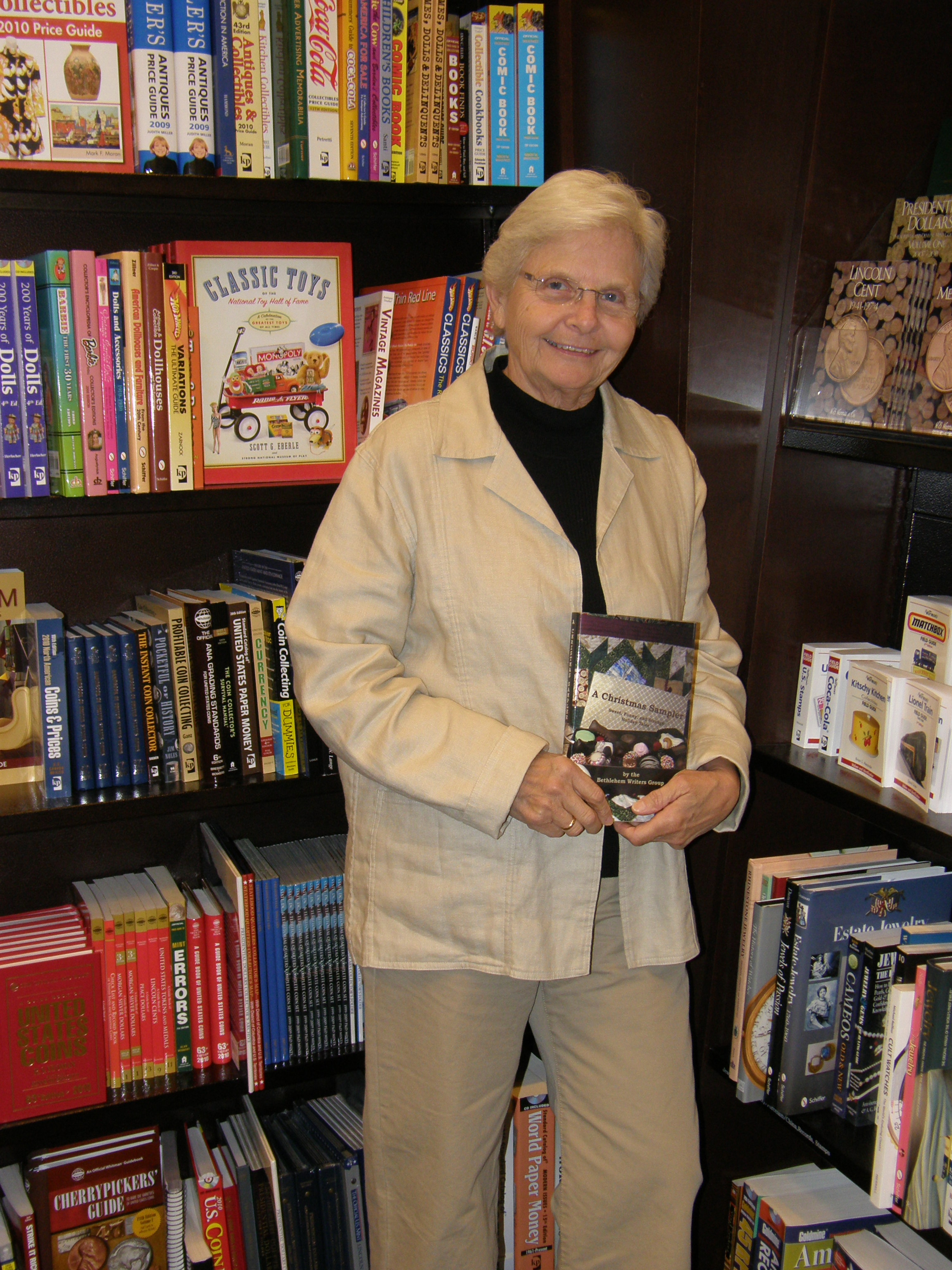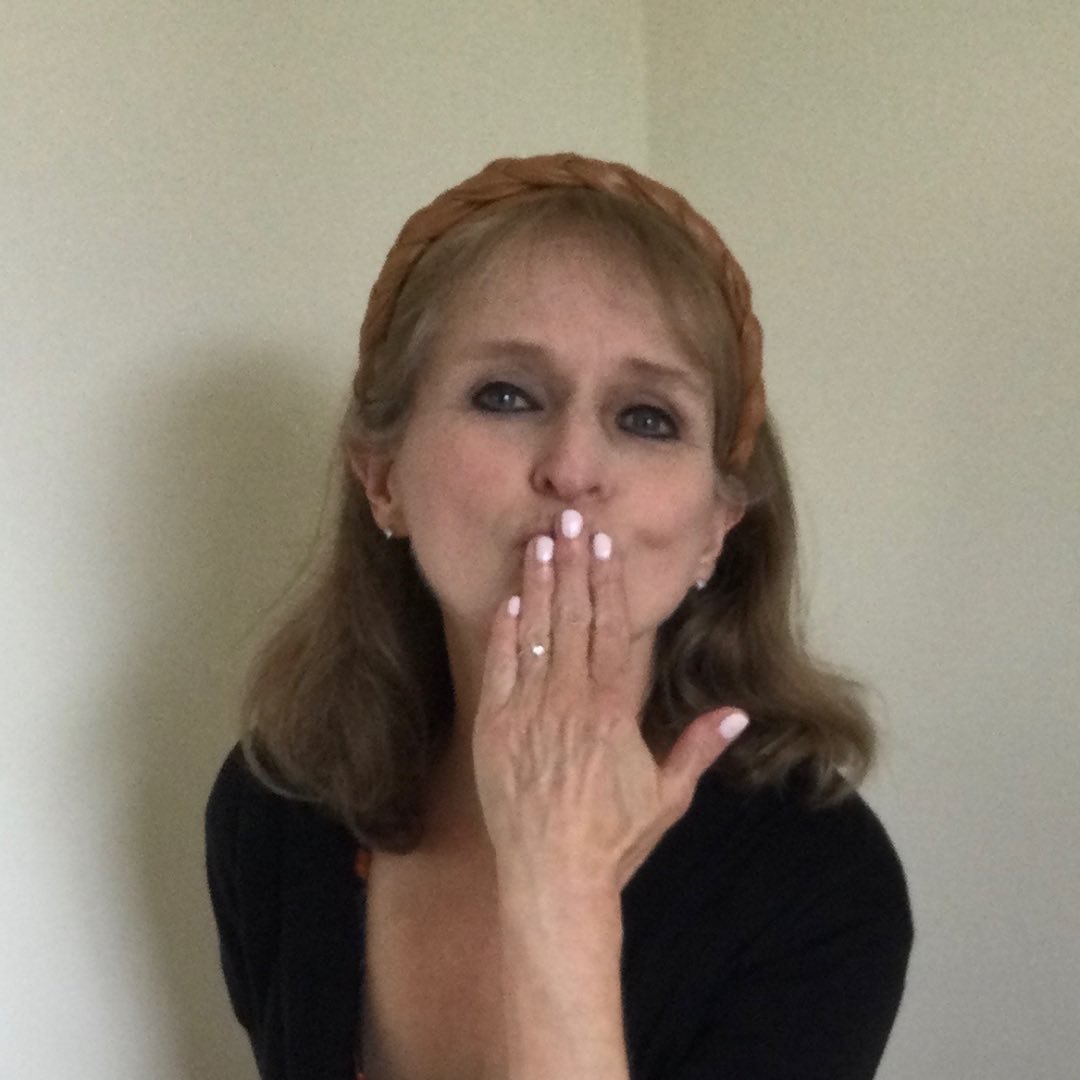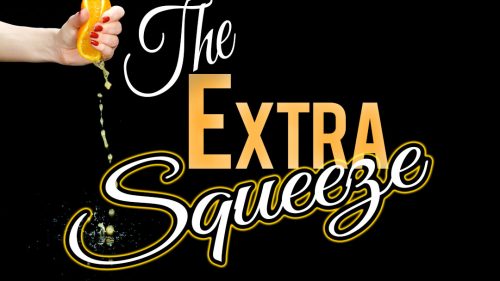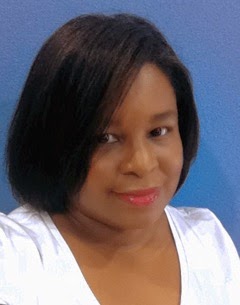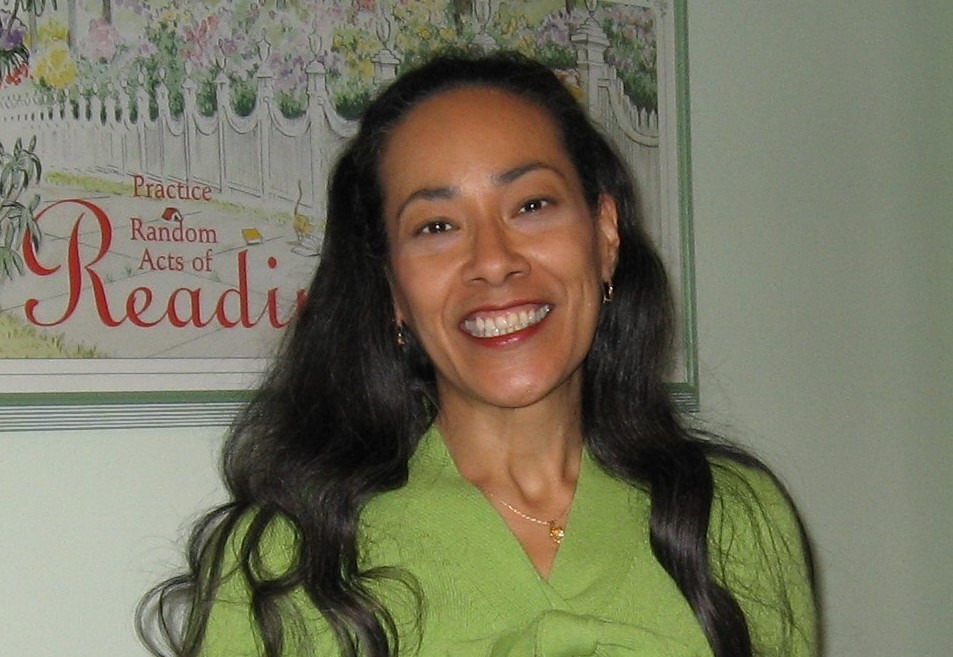Featured Author: Denise M. Colby
March 29, 2025 by marianne h donley in category Apples & Oranges by Marianne H. Donley, Featured Author of the Month tagged as Author of the Month, Christian Historical Fiction, Denise M Colby, Marketing, Social Media, writing
Denise M. Colby loves to write words that encourage, enrich, and engage whether it’s in her blog, social media, magazine articles, or devotions. With over 20+ years’ experience in marketing, she enjoys using her skills to help other authors.

She treasures the written word and the messages that can be conveyed when certain words are strung together. She, being an avid journal writer, is often seen with a pen and notepad whenever she reads God’s word. Denise is writing her first Christian Historical Romance Series, and you can find her at www.denisemcolby.com
Denise is a member of OCRW, Faith, Hope & Love Christian Writers, ACFW (where she was a semi-finalist in the Genesis contest Historical Romance Category), OC Chapter of ACFW, and Novel Academy.
You can read Denise’s column The Writing Journey on A Slice of Orange, or follow her on Facebook or Instagram. You can also sign-up for her newsletter.
Big news for Denise!
Denise’s debut novel, When Plans Go Awry, won the Grand Prize in the Scrivenings Press #GetPubbed Contest for 2023, placing 1st place in the Historical category. It is the first of four books in this series being published by Scrivenings Press.
When Plans Go Awry
Denise M. Colby
ISBN: 978-1-64917-391-1
June 4, 2024
Olivia Carmichael escapes her past to become the next schoolmarm in the small ranching community of Washton, California. Her plan? Live a quiet spinster life alone, never to depend on anyone again.
Luke Taylor selected a mail-order bride to help raise his two younger sisters and protect his broken heart. His plans don’t include being responsible for the beautiful new schoolmarm, who threatens his resolve between his need to stay away and his need to ensure her safety.
Along the way, Olivia’s carefully laid-out plans are challenged at every turn, and Luke’s mail-order bride is not what he expected.
With the help of the entire town and its wily rooster, can Luke and Olivia learn to trust again?

Denise M. Colby’s Books
1 1 Read more
Social Media in the Olden Days
March 28, 2025 by Alina K. Field in category Quarter Days by Alina K. Field, Writing tagged as historical fiction, political satire, Regency History, writing
First, an apology
Though this is meant to be a quarterly blog, last December completely got away from me. Apologies!
I’m back this quarter to talk about political memes, and since I write historical fiction, the old style ones known as caricatures.
Making Fun of Famous People
Before there were social media platforms, there were print shops like the one depicted above. And before there were social media moguls, there were print shop owners like Samuel Fores and Hannah Humphrey.
This print depicts Hannah’s shop, and below is a caricature of Hannah herself:


Though she may look a like a staid spinster in this picture, people flocked to her Georgian era London shop to stand outside and view the latest caricature satirizing the follies of the British ruling class, the French revolutionaries, and later, Napoleon.
And what fodder they had! Skilled artists like Thomas Rowlandson, Isaac Cruikshank, and Hannah’s particular friend, James Gillray made fun of the high and mighty: the young prime minister, William Pitt, the frugal King George III and his German wife, and others.
Here are the king and queen “enjoying a frugal meal”:

This may not seem so frugal to our modern eyes. As with many of the caricatures, some explanation is required, and author Alice Loxton provides one in her fabulous and cheeky new book, Uproar, Satire, Scandal & Printmakers in Georgian London:
Hannah Humphrey’s clients would have adored Gillray’s trail of clues…”They haven’t even lit a fire! In deepest winter! And look at the figure in the fireplace!” Instead of a roaring fire, the grate is filled with foliage of the season: snowdrops, holly and mistletoe. It’s so chilly that the carved figure in the fireplace has sprung to life, warming his hands in a muff…
Born for the camera…
Or should I say, born for the artist’s pen or the engraver’s etching tool, the burin.
Charles James Fox was a Whig politician who supported both the American Revolution, and the French Revolution–at least until the revolutionaries’ atrocities became unsupportable. A, short, stout hairy fellow, he was a favorite of the caricaturists. Here he is with his frequent opponent, the young, tall, thin, William Pitt, “Billy Lackbeard and Charley Blackbeard playing at Football”:

Another favorite subject for satire was the fellow we Regency fans call “Prinny”, the Crown Prince George, who upon his father’s descent into madness was named Regent until he succeeded to the throne as George IV. A grossly fat libertine whose only thought was for his own convenience and consumption, he was generally despised, as depicted in “A Voluptuary under the horrors of Digestion”:

Revolution!
Feelings in England about the revolution in France were mixed, but as news leaked out about French atrocities, the caricaturists went to work expressing and helping to shape public opinion in images like this one by James Gillray, “A Family of Sans-Culotts refreshing after the fatigues of the day”:

Sans-culotte, meaning “without breeches” was the name given to the lower class revolutionary rabble who wore trousers instead of the silk breeches of the upper classes. Gillray depicts them as completely without lower garments, and the family is sitting on and feasting on the bodies and body parts of the aristocrats they’ve killed that day. There’s even an aristocratic child being roasted on the spit and spare body parts for the next meal stored in the rafters. A ghoulish image indeed!
News about Books
Alice Loxton’s book, mentioned above, was my source for this blog. I highly recommend it.
And I have other news! I have two preorders available for books that will publish next autumn:
Her Impeccable Scoundrel
Book 44 in the multi-author Wicked Widows League Series

Anxious to save a cherished inheritance, Blythe Blatchfield, widowed Countess of Chilcombe, knows she must repair her reputation with the beau monde in order to face the powerful marquess challenging her dissolute husband’s will. She vows to resist handsome rogues like her late husband, and to never again give her trust so blithely. But when the new earl, absent from England for many years, finally appears, new rumors swirl around Blythe. Facing the loss of everything, she finds herself needing the help of an old enemy, the man whose interference years earlier led to her unhappy marriage, the new Earl of Chilcombe.
Called back to England to take up his late cousin’s title, diplomat Graeme Blatchfield is eager to see his cousin’s widow and learn for himself whether the rumors about the woman he once held a childish infatuation for are true. Having plunged into marriage with the last earl—Graeme’s fault for revealing their tryst—she’s been tainted by her husband’s decadence. Forced by matters of the estate to spend time together, he soon discovers the vulnerable and lonely woman underneath the society mask. Can he get her to forgive him—and more?
Preorder link: https://books2read.com/HerImpeccableScoundrel
And… Love’s Perilous Road, A Bluestocking Belles Collection with Friends

Travel, houseparties, smugglers, spies–and a mysterious highwayman. Who is the infamous Captain Moonlight? And how many lives will he change–for good or for ill?
My contribution to this collection is called Sir Westcott Steals a Heart, a sequel to my story in the Belles’ Desperate Daughters collection from a couple of years ago.
Preorder Link: https://books2read.com/u/mqx0W6
If you’ve read this far, thank you! I’ll see you in June for my next Quarter Day’s post!
2 2 Read moreFeatured Author: Denise M. Colby
March 14, 2025 by Denise M. Colby in category Apples & Oranges by Marianne H. Donley, Featured Author of the Month tagged as Author of the Month, Christian Historical Fiction, Denise M Colby, Marketing, Social Media, writing
Denise M. Colby loves to write words that encourage, enrich, and engage whether it’s in her blog, social media, magazine articles, or devotions. With over 20+ years’ experience in marketing, she enjoys using her skills to help other authors.

She treasures the written word and the messages that can be conveyed when certain words are strung together. She, being an avid journal writer, is often seen with a pen and notepad whenever she reads God’s word. Denise is writing her first Christian Historical Romance Series, and you can find her at www.denisemcolby.com
Denise is a member of OCRW, Faith, Hope & Love Christian Writers, ACFW (where she was a semi-finalist in the Genesis contest Historical Romance Category), OC Chapter of ACFW, and Novel Academy.
You can read Denise’s column The Writing Journey on A Slice of Orange, or follow her on Facebook or Instagram. You can also sign-up for her newsletter.
Big news for Denise!
Denise’s debut novel, When Plans Go Awry, won the Grand Prize in the Scrivenings Press #GetPubbed Contest for 2023, placing 1st place in the Historical category. It is the first of four books in this series being published by Scrivenings Press.
When Plans Go Awry
Denise M. Colby
ISBN: 978-1-64917-391-1
June 4, 2024
Olivia Carmichael escapes her past to become the next schoolmarm in the small ranching community of Washton, California. Her plan? Live a quiet spinster life alone, never to depend on anyone again.
Luke Taylor selected a mail-order bride to help raise his two younger sisters and protect his broken heart. His plans don’t include being responsible for the beautiful new schoolmarm, who threatens his resolve between his need to stay away and his need to ensure her safety.
Along the way, Olivia’s carefully laid-out plans are challenged at every turn, and Luke’s mail-order bride is not what he expected.
With the help of the entire town and its wily rooster, can Luke and Olivia learn to trust again?

Denise M. Colby’s Books
0 0 Read more
My Wild Elevator Ride: Why I shouldn’t talk about what I write to strangers by Jina Bacarr
March 11, 2025 by Jina Bacarr in category Jina’s Book Chat, Writing tagged as author, elevator, romance, Writer, writingI’m in mad, crazy writer mode.
Which means I’m stuck in a riptide… writing, editing, writing… talking to my characters when I race out to the market and I’m grabbing fresh veggies, oatmeal cookies, and Amy’s frozen enchiladas. Talk to me! I beg my heroines, why did you do that? How am I going to get you out of this mess?
It’s like wrestling an alligator.

Yes, I have a book deadline, so in the interest of providing a fun blog for A Slice of Orange this month, I’m posting a short story I wrote a while ago about what happens when writers can’t help themselves and talk about what we do. So here goes… grab the coffee and oatmeal cookies and enjoy!
===========
Writers get lonely. We need to socialize, talk. Discover there is a world out there beyond our computers. So I came up with this fun author-character and what happens when she goes out into the world and goes on a wild elevator ride with a stranger…
============

========
My Wild Elevator Ride
I work in a cubicle surrounded by books, computers, and ideas.
I get lonely.
Very lonely. Hey, a girl can only fantasize so much about meeting a sexy guy who’ll knock her bunny slippers off. (I don’t wear shoes when I’m writing.)
So when I go out, which isn’t often when you’re trying to promote your work online and get through the quagmire of finishing your latest novel, I get talkative.
Very talkative.
When my inner goddess gets her gab on, I can’t stop her. My therapist says it’s repressed speech syndrome ad finitum. Or something like that.
Anyway, I got in over my head at a recent gig when I walked into the elevator in my hotel. I was in town to speak at a writer’s group which always makes me a nervous wreck. I was going through my usual ritual to calm my nerves. A six-pack of diet soda and dark chocolate.
The only problem was, the soda was warm.
I like ice. Cold, numbing ice. Makes me forget I have to face a room of creative ladies who are way more talented than I am, but for some reason they think I’m cool. I just got lucky, I tell them, but the truth is, I earned my stripes. Writing, getting rejections for years, and working my butt off. I’m grateful to be where I am.
So what I didn’t need was a guy chatting me up about his hundred-thousand-dollar-a-year sales job and his black BMW. Nice enough, but I wasn’t looking for anything more than an ice machine that worked.
The one on my floor was broken.
Now I was stuck in an elevator with a sales guy who had obviously removed the wedding band from his left hand. His tan line blinked at me like a neon sign. Come on in, it seemed to say, the water’s fine.
I don’t swim with the sharks. [author note: just alligators…]
‘You don’t want to drink alone,’ he said, observing my ice bucket filled with chilled cubes.
‘I have my laptop for company.’ I smiled. “Besides, I have work to do.’
‘Are you here with the software convention?’ he asked warily.
‘Well…’ I wasn’t, but I decided to play along.
‘No way…a pretty girl like you can’t be a techie.’
‘Why not?’ I shot back, perturbed. I hated guys who put down a girl’s ambition. ‘Can’t women use their brains to get ahead?’
‘Not when they have natural attributes…’ He eyed my chest. Mind you, I was wearing navy blue sweats and my pink bunny slippers with floppy ears. This guy was either desperate or he’d been on the road too long.
‘Sorry to disappoint you,’ I said, ‘but I’m a writer.’
‘You’re kidding?’ He seemed genuinely surprised, which didn’t help my ego. ‘What do you write?’
Ooh...I couldn’t resist shooting him the punchline.
‘I write sexy novels.’
‘Well, you are full of surprises,’ he said, edging closer to me. ‘We should get to know each other better.’
The air in the elevator suddenly got stuffier and I prayed my deodorant didn’t work so he’d get the message. So far, no one else had gotten on the elevator and I had two more stops before we got to my floor.
“I don’t think that would be a good idea.” I wiggled the ears on my rabbit slippers, hoping to shoot down this guy’s sex-o-meter. That should have stopped him right there.
It didn’t.
‘How about a nightcap in my room? My bottle of bourbon and your—’ He paused, wetting his lips. ‘Ice cubes.’
‘You mean do research for my books?’
‘Oh, yeah…’
‘I bet,’ I said.
I shouldn’t have opened my mouth, but sometimes we writers just ache to act like our heroines and throw back those snappy remarks. I tried to discourage him, but when he started breathing in my face, I knew I was in over my head. I did what any romance heroine would do.
I dumped the bucket of melting ice on his pinstripe suit.
‘Hey, what the—’ he called out and thank God, the elevator door opened. It wasn’t my floor, but I didn’t care. One more minute with Mr. BMW and I would have ended up served on a chilled platter.
Before he could brush the ice off his shoulders, out I ran. Down the long corridor and then I jammed down the stairway to the next floor to my room.
I never looked back.
I spent the rest of the night drinking warm soda and giggling as I wrote this guy into my story. I bet he won’t forget me either.
I imagine that was the last time he tried to pick up a girl in an elevator wearing pink bunny slippers.
==============
My latest 2 book series about PARIS WW2:

2 sisters at war with the Nazis… and each other
KOBO: https://www.kobo.com/gb/en/ebook/sisters-at-war-2
from BoldwoodBooks
In my story Justine is the victim of sexual assault by the SS. ‘Sisters at War’ explores wartime sexual assault and how it affects the lives of Justine and Eve Beaufort in Wartime Paris.
——————–
I drew on my own experiences when I started a series of historical novels set in Wartime Paris about the brave women who fought in the French Resistance.
Sisters At War: Amazon
Who are the Beaufort Sisters?
They’re beautiful
They’re smart.
They’re dangerous.
They’re at war with the Nazis… and each other.
0 0 Read moreWhere do stories come from?
March 10, 2025 by Tari Jewett in category Writing tagged as Anne Rice, inspiration, story origin, writingDo you ever read a book or watch a movie and wonder, what made the writer write that story? Is it all imagination? Did the story just come to them? Did they ‘what if’ a plot? Or did they live the story?
So where do stories come from?
The only fiction Hunky Hubby reads is what I write, and he reads every word I write, which amazes me and makes me thankful. Anyway, years and YEARS ago, he’d been listening to the radio and the dj’s were talking about Anne Rice’s The Sleeping Beauty Trilogy, written under the name A.N. Roquelaure. The steamy on air conversation, led him to believe that buying the book for me, might be romantic. He said romantic, but I’m pretty sure he really thought it would ‘get me in the mood’.
Hahaha, well, I’m not sure that book is what I’d call romantic, nor is it a book that would ‘get me in the mood’ but it made me wonder about the author. At the time, I had no idea that it was actually written by Anne Rice, not that it would have made any difference, because I didn’t read vampire books anyway. I had a hard time with the book. Brilliantly written, but also shocking and even bizarre, I’d read a little, put it aside, wondering where these thoughts might come from, then, come back days later to read a little more.
Eventually, I went to the bookstore…because I didn’t have the internet back then, and tried to find other books by A.N. Roquelaure. I discovered who she was, and that she also wrote under the name Anne Rampling. I read Belinda, followed by A Cry to Heaven, and finally, Interview with a Vampire. None of this helped resolve my issue of where these thoughts came from. They were, however, compelling reading.
At that time, I wrote nonfiction. I wrote a cooking column for our local newspaper and Quick ‘N Easy Country Cooking magazine, as well as articles on parenting (I wouldn’t do that now!), consumer law, public speaking, and various other topics. I wrote fiction for fun, for myself.
But that changed.
I started writing fiction seriously. My published books are all romcoms. And if you’re looking for a romantic read for St. Patrick’s Day, I hope you’ll check out #SilverBracelets. But I’m also working on women’s fiction. Writing fiction, brought me back to that question. Where do stories come from?
The answer seems to be it depends on the writer. Some people plot out their stories, selecting characters, places, and carefully planning plotlines, you may already know that these writers are called plotters. Other people let the story unfold as they write it, aka pantsers. And I’d be willing to bet that for most writers, real life at least inspires scenes and characters in their stories.
I personally call myself a plotsy pantser, because I write my first draft as a pantser, letting the characters tell me their stories while I document them. Then, I use that first draft as my outline, and go back and flesh out the story, filling in gaps and hopefully, adding scenes, and hopefully, developing the story into something others might want to read. And yes, while my characters are fictional sometimes people that I’ve known influence their personalities, and real life events often end up in my stories.
Real life in my writing.
In #SilverBracelets, the hero, Benny’s grandmother is inspired by my Tia Tonia, in fact, I didn’t try to hide it, giving her the name Antonia. I didn’t plan this. The Antonia in the story is fictional, but her personality, is inspired by my beloved great Aunt.
In Love and Mud Puddles, one of my favorite scenes is at the beginning of the book. The main character is on a quest to learn to bake cookies for Christmas. She finds a recipe that calls for packed brown sugar. At the grocery store with her best friend they look for packed brown sugar. They find golden brown sugar, dark brown sugar…everything but packed brown sugar. This is of course where they meet the hero, who explains to them what packed brown sugar is. This scene was inspired by a real-life event. Years ago, a good friend, who didn’t bake, asked for a cookie recipe. I gave it to her. A couple of days later I got a frantic phone call from the grocery store, asking if she could substitute another kind of brown sugar for packed brown sugar because she couldn’t find any. I’ll leave her unnamed to protect her identity!
And while the real-life inspiration in my romcoms is from the lighter side of my life, there have been some darker situations that inspired situations in my women’s fiction.
So, the truth is that stories come from different places. They come from imagination, they come from experience, they come from plotting what ifs. And it doesn’t really matter where the story comes from if it engages the reader. If it makes us think or act. If it makes us wonder.
There have been many books over the years that have made me want to know more about the author. Books that have made me want another story to read. Books that have made me want to write. Books that have changed who I am. I’ll always be curious about the origins of a good book, but what really matters to me, is that there’s another book on the shelf to read.
4 0 Read moreAffiliate Links
A Slice of Orange is an affiliate with some of the booksellers listed on this website, including Barnes & Nobel, Books A Million, iBooks, Kobo, and Smashwords. This means A Slice of Orange may earn a small advertising fee from sales made through the links used on this website. There are reminders of these affiliate links on the pages for individual books.
Search A Slice of Orange
Find a Column
Archives
Featured Books
SAVAGED DEVOTION
She fell in love with a rock star and lost everything…
More info →MISTLETOE & MAYHEM: A REGENCY HOLIDAY ROMANCE ANTHOLOGY
There’s no Christmas like a Regency Christmas spent under mistletoe! New York Times Bestselling author Cheryl Bolen and friends invite you to discover true love in eleven deliciously steamy romances in this all-new holiday collection.
More info →GRAVESIDE REUNION
A chance encounter with a wealthy congressman leads to an unusual proposition…
More info →BEYOND REASON
She’s determined to be successful—no matter who tries to stop her.
More info →Newsletter
Contributing Authors
Search A Slice of Orange
Find a Column
Archives
Authors in the Bookstore
- A. E. Decker
- A. J. Scudiere
- A.J. Sidransky
- Abby Collette
- Alanna Lucus
- Albert Marrin
- Alice Duncan
- Alina K. Field
- Alison Green Myers
- Andi Lawrencovna
- Andrew C Raiford
- Angela Pryce
- Aviva Vaughn
- Barbara Ankrum
- Bethlehem Writers Group, LLC
- Carol L. Wright
- Celeste Barclay
- Christina Alexandra
- Christopher D. Ochs
- Claire Davon
- Claire Naden
- Courtnee Turner Hoyle
- Courtney Annicchiarico
- D. Lieber
- Daniel V. Meier Jr.
- Debra Dixon
- Debra H. Goldstein
- Debra Holland
- Dee Ann Palmer
- Denise M. Colby
- Diane Benefiel
- Diane Sismour
- Dianna Sinovic
- DT Krippene
- E.B. Dawson
- Emilie Dallaire
- Emily Brightwell
- Emily PW Murphy
- Fae Rowen
- Faith L. Justice
- Frances Amati
- Geralyn Corcillo
- Glynnis Campbell
- Greg Jolley
- H. O. Charles
- Jaclyn Roché
- Jacqueline Diamond
- Janet Lynn and Will Zeilinger
- Jaya Mehta
- Jeff Baird
- Jenna Barwin
- Jenne Kern
- Jennifer D. Bokal
- Jennifer Lyon
- Jerome W. McFadden
- Jill Piscitello
- Jina Bacarr
- Jo A. Hiestand
- Jodi Bogert
- Jolina Petersheim
- Jonathan Maberry
- Joy Allyson
- Judy Duarte
- Justin Murphy
- Justine Davis
- Kat Martin
- Kidd Wadsworth
- Kitty Bucholtz
- Kristy Tate
- Larry Deibert
- Larry Hamilton
- Laura Drake
- Laurie Stevens
- Leslie Knowles
- Li-Ying Lundquist
- Linda Carroll-Bradd
- Linda Lappin
- Linda McLaughlin
- Linda O. Johnston
- Lisa Preston
- Lolo Paige
- Loran Holt
- Lynette M. Burrows
- Lyssa Kay Adams
- Madeline Ash
- Margarita Engle
- Marguerite Quantaine
- Marianne H. Donley
- Mary Castillo
- Maureen Klovers
- Megan Haskell
- Melanie Waterbury
- Melisa Rivero
- Melissa Chambers
- Melodie Winawer
- Meriam Wilhelm
- Mikel J. Wilson
- Mindy Neff
- Monica McCabe
- Nancy Brashear
- Neetu Malik
- Nikki Prince
- Once Upon Anthologies
- Paula Gail Benson
- Penny Reid
- Peter Barbour
- Priscilla Oliveras
- R. H. Kohno
- Rachel Hailey
- Ralph Hieb
- Ramcy Diek
- Ransom Stephens
- Rebecca Forster
- Renae Wrich
- Roxy Matthews
- Ryder Hunte Clancy
- Sally Paradysz
- Sheila Colón-Bagley
- Simone de Muñoz
- Sophie Barnes
- Susan Kaye Quinn
- Susan Lynn Meyer
- Susan Squires
- T. D. Fox
- Tara C. Allred
- Tara Lain
- Tari Lynn Jewett
- Terri Osburn
- Tracy Reed
- Vera Jane Cook
- Vicki Crum
- Writing Something Romantic
Affiliate Links
A Slice of Orange is an affiliate with some of the booksellers listed on this website, including Barnes & Nobel, Books A Million, iBooks, Kobo, and Smashwords. This means A Slice of Orange may earn a small advertising fee from sales made through the links used on this website. There are reminders of these affiliate links on the pages for individual books.
